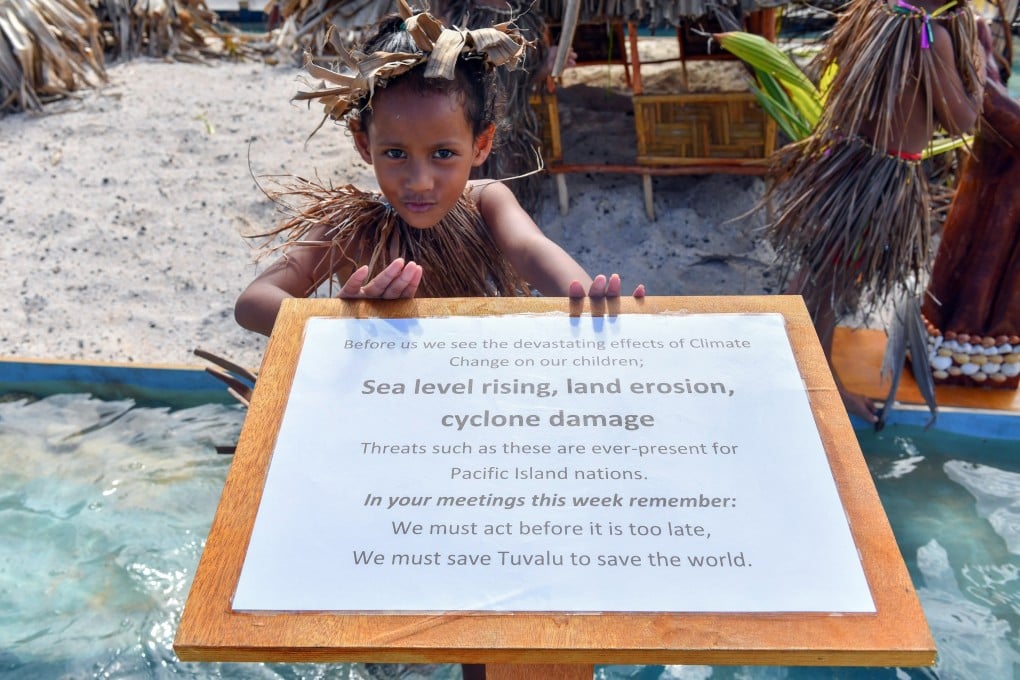Advertisement
Opinion | Old development models no longer work. We must all find our own path
- Whether it’s macroeconomic modelling or export-led industrialisation, the game has changed with peak globalisation, technology diffusion and climate change
- Development and how to finance it is the question, and brave countries can adopt very different models from the past
Reading Time:3 minutes
Why you can trust SCMP

Money makes the world go round, sang Sally Bowles in the film Cabaret. Indeed, it keeps the global economy ticking and if central banks were to stop printing it, we would be in a 1930s-style depression. Money is powerful – so why have mainstream development theory and models ignored the role of finance?
Advertisement
Until the 2008 global financial crisis, the mainstream economic models used by central banks, governments, the International Monetary Fund and World Bank were built on dynamic stochastic general equilibrium models, which looked at the real economy of production and consumption in value-added terms.
In such macroeconomic modelling, the role of finance and the banking industry was largely ignored. This meant three critical blind spots: the underpricing of pollution or planetary costs, the assumption that the political structure would remain the same, and a belief that shocks to the economic system could only come from outside rather than also from within.
These blind spots created a delusion that finance was benign, the global economy was stable and there were no planetary or political costs from the “no limits” growth model.
Today, the red lights are flashing. The US national debt has exceeded a gross US$34 trillion, or just over 30 per cent of world GDP. Social inequality is rampant across the world as the rich get much richer than anybody else, and the poor increasingly protest.
Advertisement
As a civilisation, we are hitting the planet’s limits in terms of natural resources, consuming them 1.7 times faster than the Earth can regenerate them. And if everyone lived like the Americans, we would need five Earths to satisfy our rapacity.

Advertisement
